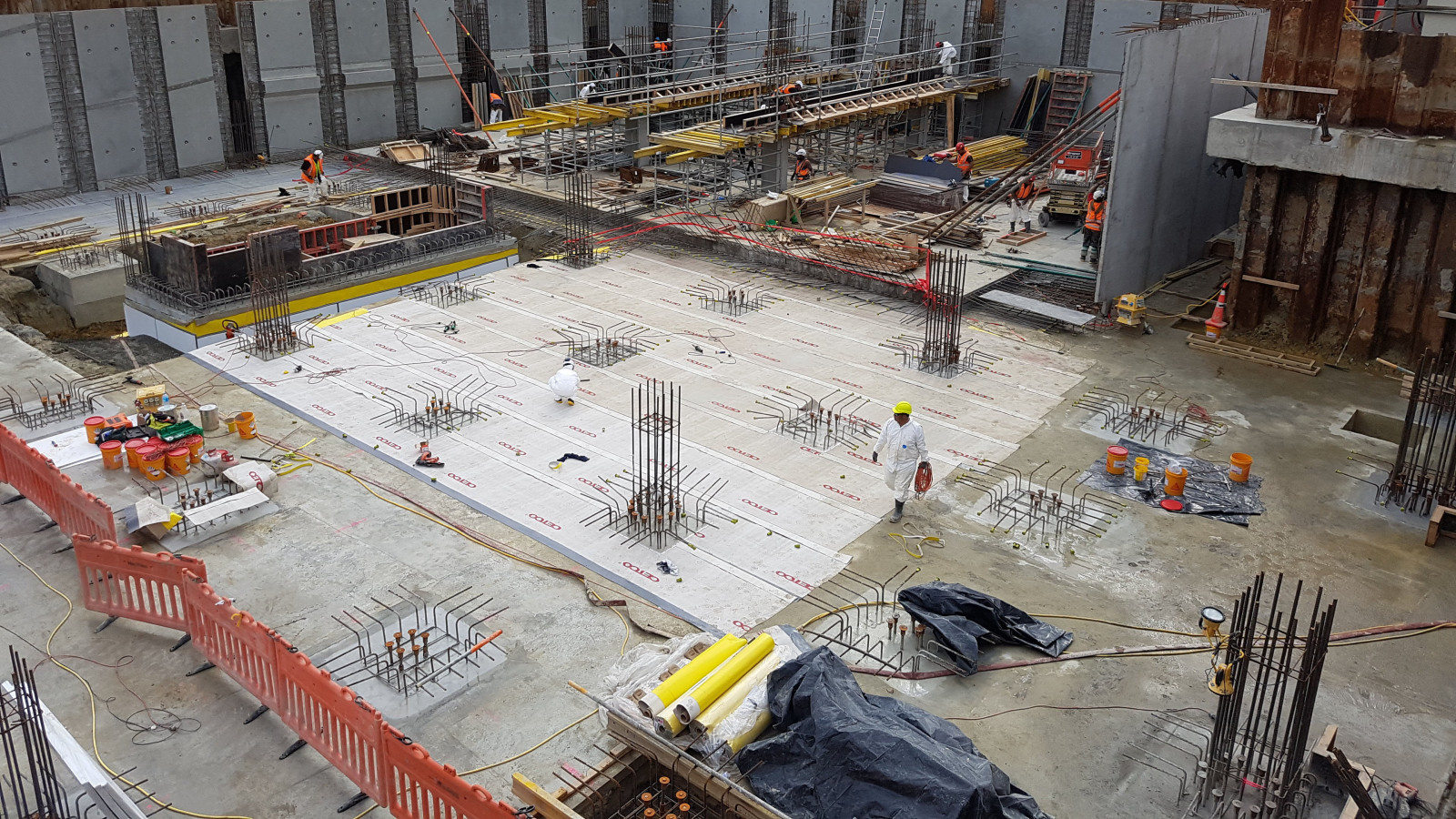1
The Allco technical team are experts on waterproofing solutions for both below ground and roofing areas. They offer independent advice and technical knowledge based on over 20 years of practical experience.



































 Most Popular
Most Popular Popular Products
Popular Products



